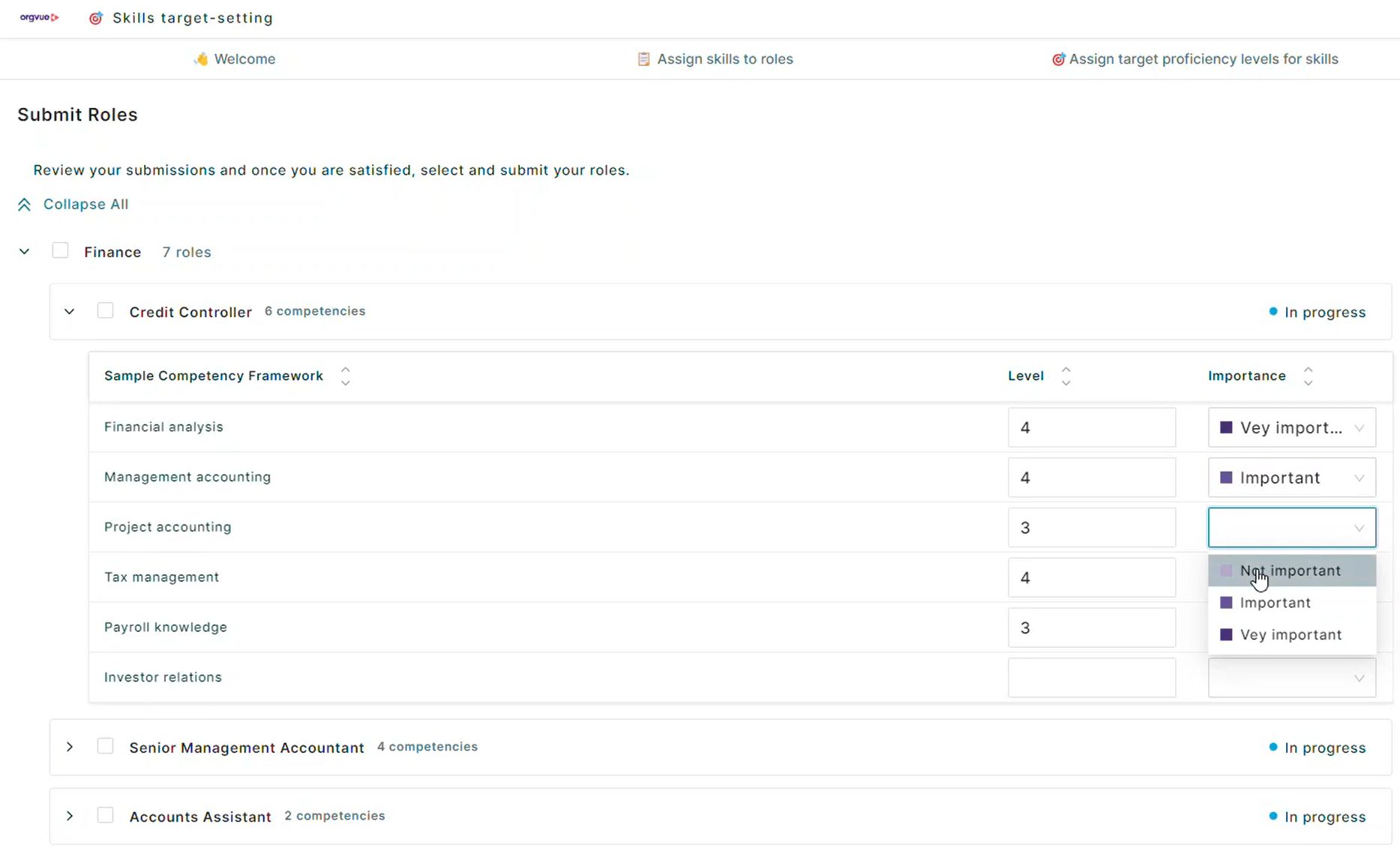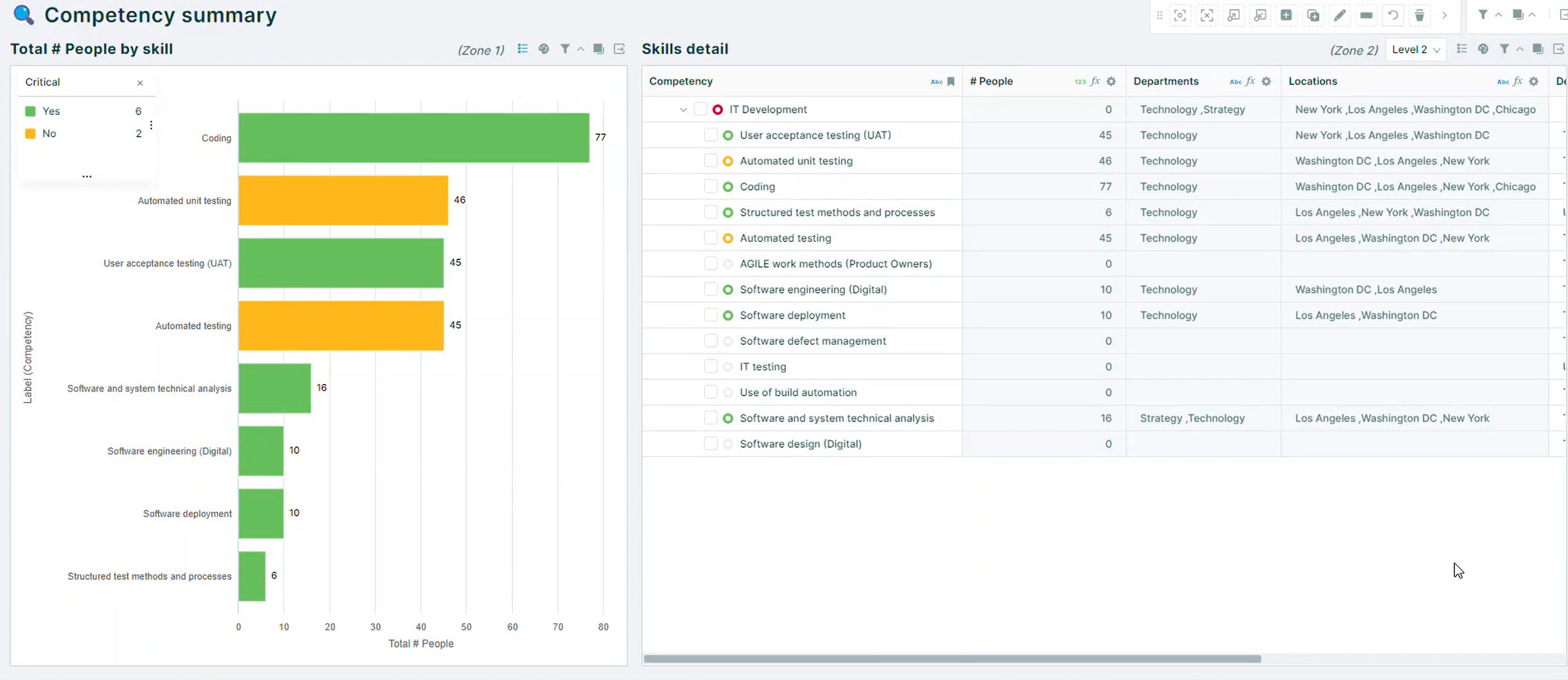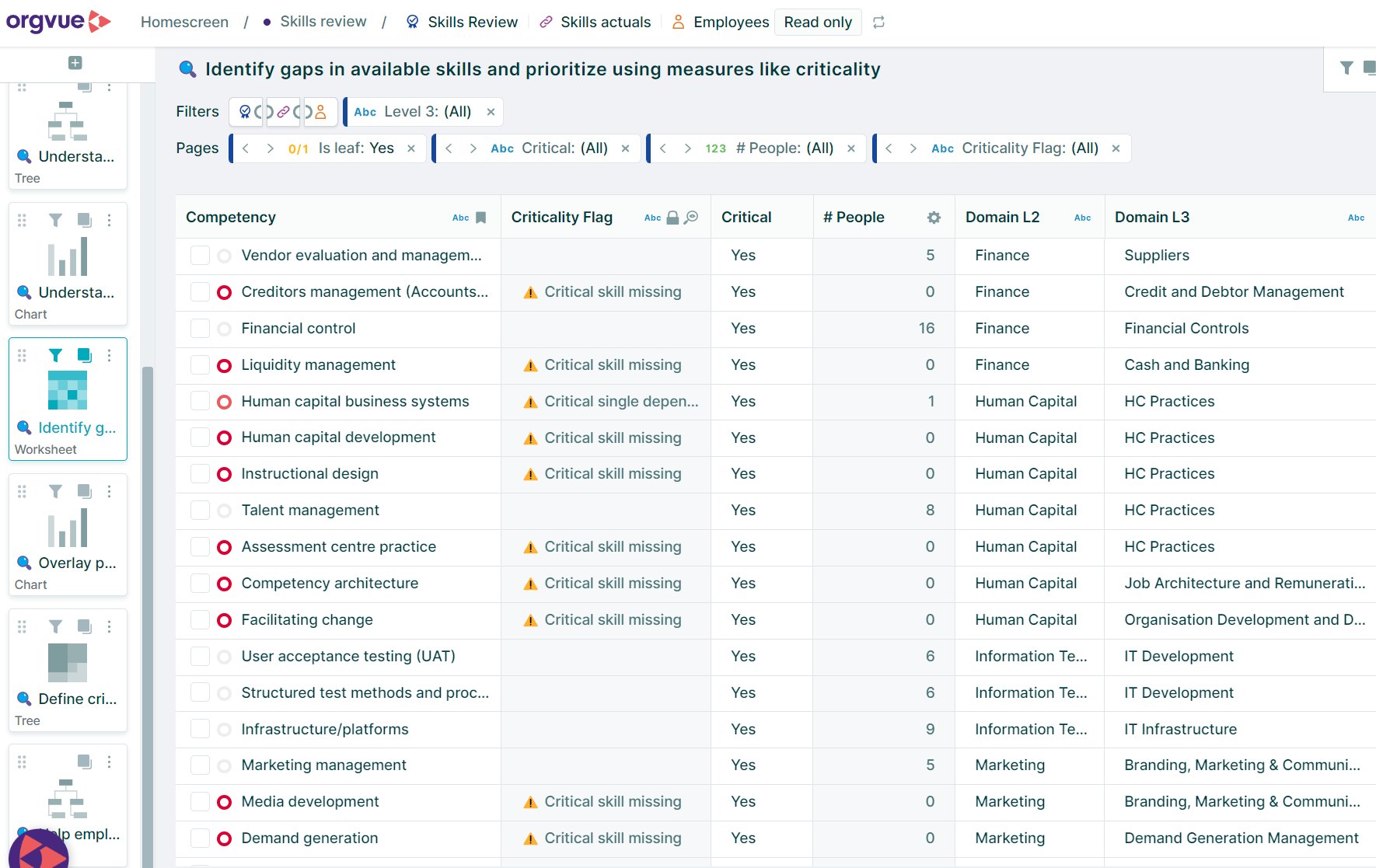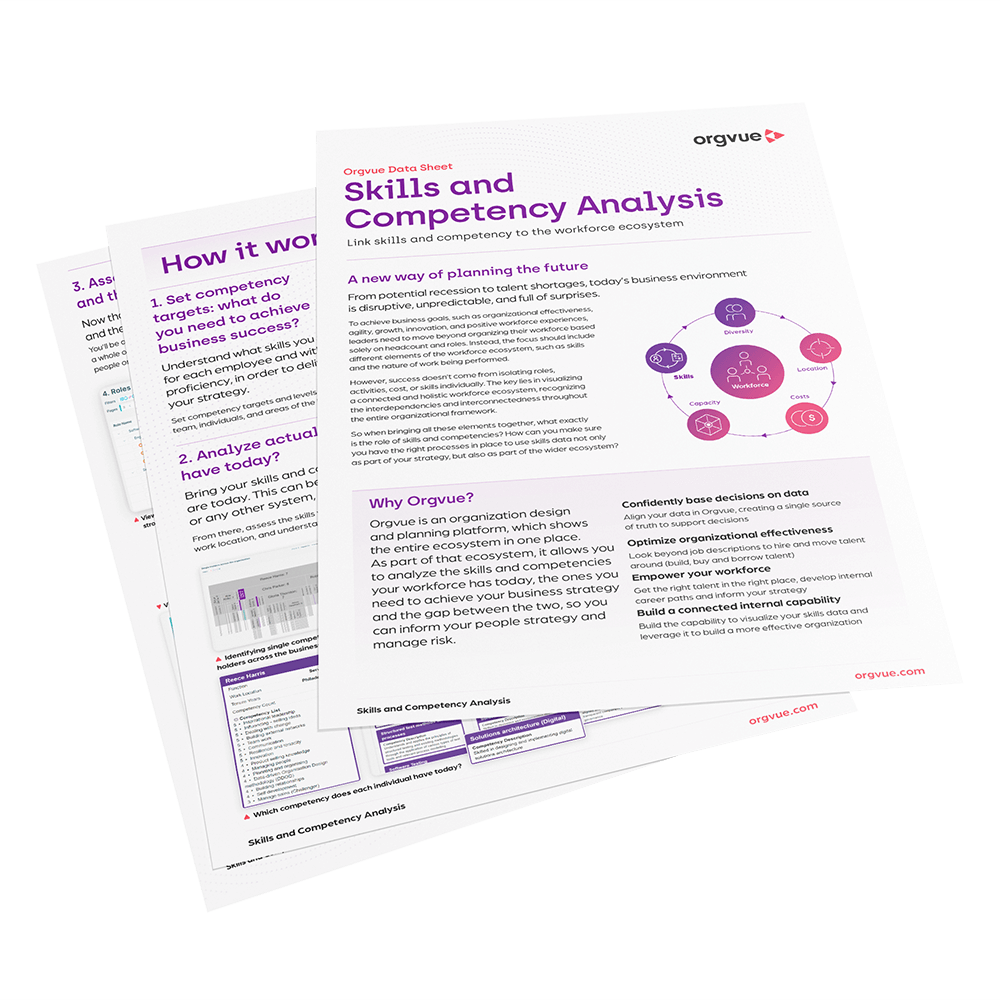Changing the way you plan your workforce
Analyzing competencies in your organization means understanding the skills, behaviors, and abilities your workforce has today, the ones you need to achieve your business strategy, and the gap between the two, so you can inform your people strategy and manage risk through a workforce framework.
In today’s fast-paced business environment, staying ahead can be quite challenging. With the emergence of new technologies that continually shape industries and consumer behaviors, businesses require new competencies to remain competitive. It has been proven that having a clear understanding of workforce competencies provides leaders with a solid foundation for strategic decision-making, which ultimately enhances the value delivered to customers.
So, how can you ensure that you have the appropriate processes in place to confidently manage your workforce’s competencies while keeping up with market trends?

59% of HR leaders are making building critical skills and competencies their top priority
This is not without some challenges. According to Gartner the main challenges are:
- Building skills and competency development solutions fast enough to meet evolving skill needs
- An increase in the skills needed for job roles: 63% increase in skills required for a job in IT, finance, or sales since 2018
- Difficulty in building and implementing a skills taxonomy for the future
Analyzing competencies in your organization means understanding the skills, behaviors and other abilities your workforce has today, the ones you need to achieve your business strategy and the gap between the two, so you can inform your people strategy and manage risk.
Benefits of Orgvue for skills and competency analysis
Orgvue is a purpose-built platform for organizational design and workforce planning that empowers you to effectively navigate the intricate landscape of skills and competencies. With Orgvue, you can seamlessly connect various elements of your ecosystem, such as roles, expected activities, and competencies, within the framework of your organization.
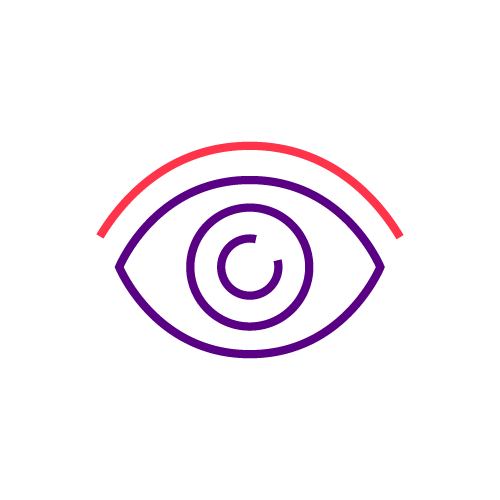
Analyze
Be confident in your data
- Bring together your data from many different systems
- Easily check that it’s consistent
- Create a trusted source of truth to support decisions
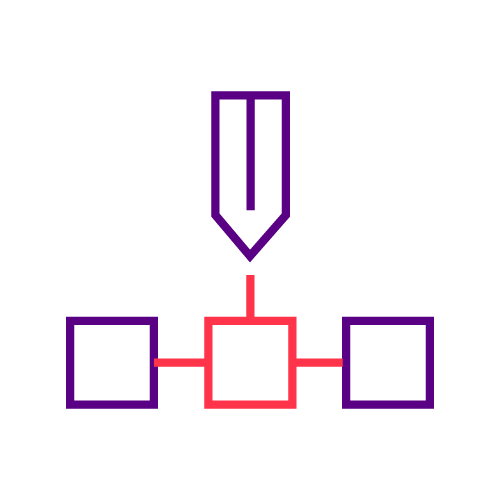
Design
Stay ahead of skills trends
- Continuously reassign, upskill and hire the right talent
- Stay ahead of the market and ensure constant growth
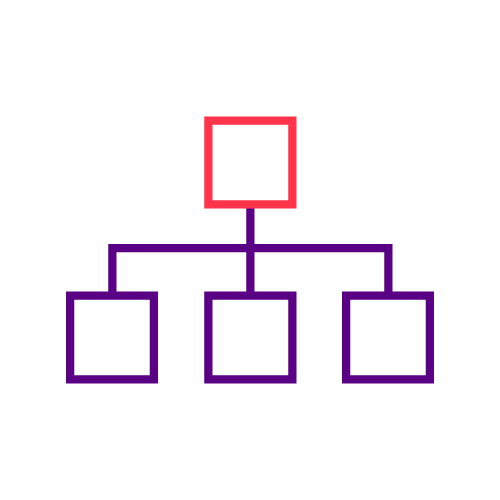
Plan
Empower and retain your workforce
- Get the right people in the right positions
- Invest in your workforce where needed
- Develop internal career paths

Monitor
Build an internal long-term capability
- Build the capability to visualize and continuously review your skills and competencies
- Extend your strategic approach to talent selection, succession planning, learning and development, and workforce planning
Use Orgvue’s expertise to analyze your skills and competencies
Set your competency targets and visualize the skills taxonomy
Define the competencies required to meet your business objectives and establish targets and levels for teams, individuals, and business areas.
Gain insights into the necessary skills for each role and proficiency level, and create and visualize your skills taxonomy.
Analyze the competencies you have today
Bring your skills and competency data into Orgvue to visualize your current position. You can import data from external sources, such as your HR system or spreadsheets, or utilize Orgvue’s built-in competency survey.
Assess the skills and proficiency levels across employees, teams, functions, and locations.
Understand potential risks of relying on individuals with specific competencies (single competency holders).
Assess the gap between the skills supply and demand
Visualize the competency gap between your competency target and your current ones.
Understand factors such as individual role fit, identifying if competencies and proficiencies align.
Identify competencies that are lacking across the organization or in specific divisions, and determine roles that have low proficiency levels organization-wide.
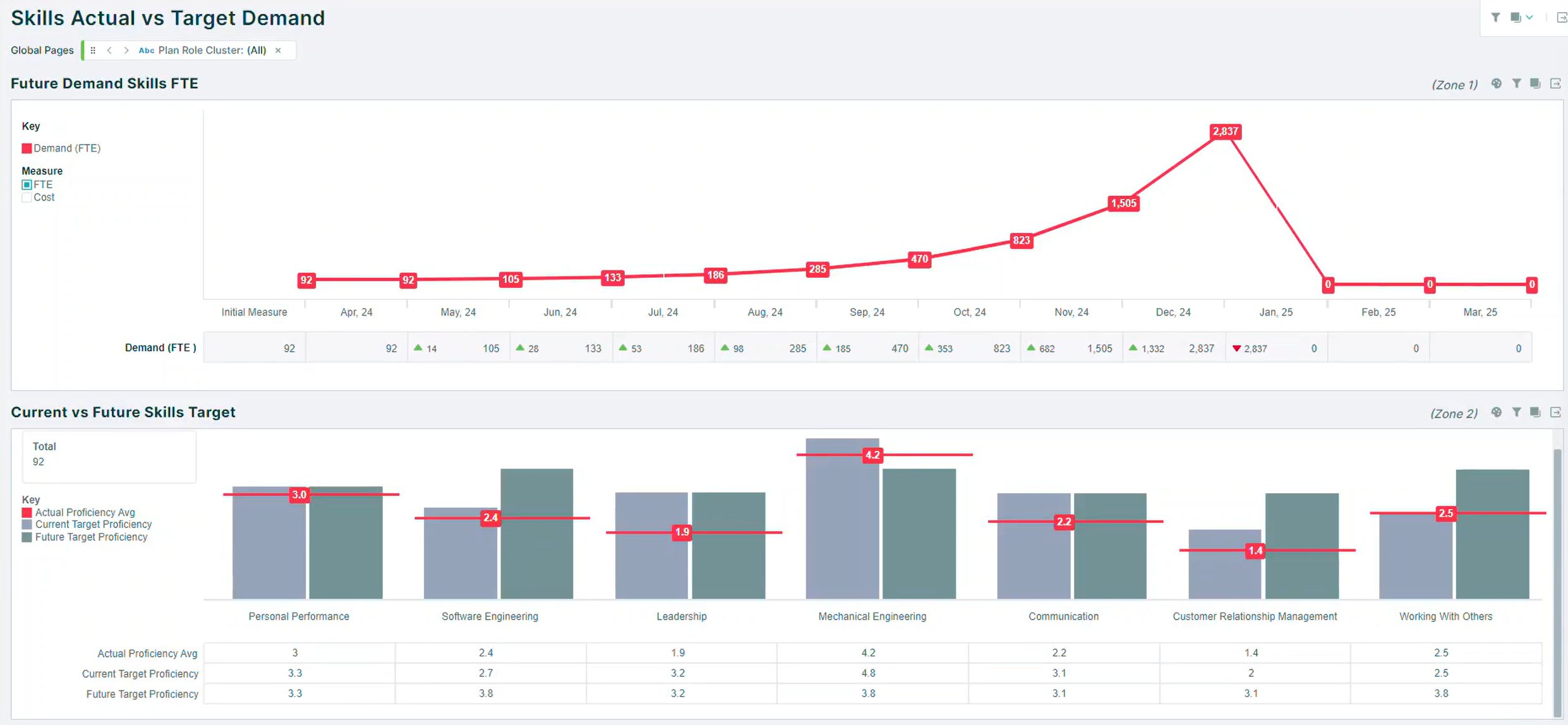
Visualize your skills gap on the long term: what’s required today, what will be required in the future, and where you’re currently at
Set an action plan
Proactively adopt tactics like upskilling, hiring, or talent reallocation to bridge the gaps, and monitor their implementation against your plan to ensure you stay on track.
As part of your workforce planning activities, visualize how the skills supply and demand will change on the longer term, and plan accordingly.
Customer story
Naval building organization prepares itself for industry shift by uncovering competency gaps
30%
Competencies
30% of competencies were located in a small part of the business
12%
Roles had too many competencies
12% of roles were assigned an excessive 20+ target competencies
30%
Roles did not fit requirements
30% of roles did not fit their competency requirements

Not only did we uncover some serious gaps in how we managed competencies, but we now have a team equipped with the right processes to ensure we stay on top of the skills market
VP, Human Resources
Business goal
- Effectively respond to major changes in industry requirements by ensuring the business has an appropriately skilled engineering workforce
- Uncover gaps in current competency management and workforce planning methodology, and drive more proactive talent decision making
Solution
- Gathered and aligned competency data in Orgvue, making use of historical Excel models
- Assessed the workforce and identified imbalances and opportunities in the current competency framework
- Established a concise approach to developing and assigning target competencies to roles
- Built in-house capability to visualize workforce gaps and needs, and enable ongoing and proactive decision making
Data sheet
Skills and competency
Learn how Orgvue helps you to adopt a strategic approach to your workforce’s skills and competencies.
Find out how Orgvue helps you to analyze the skills and competencies your workforce has today, identify the ones you need to achieve your business strategy and the gap between the two, so you can inform your people strategy and manage risk. Read the data sheet to learn more about how Orgvue helps with skills and competency analysis:
- Integrate and align your skills and competency data.
- Set competency targets, and what you need to achieve success.
- Analyze actuals, and what competencies your workforce has today.
- Assess the gap between the skills you need and the ones you have.
- Bring clarity to your business and set an action plan.
Book your free demo
Design your business of tomorrow, today. Discover what Orgvue can do for your organization first-hand.
